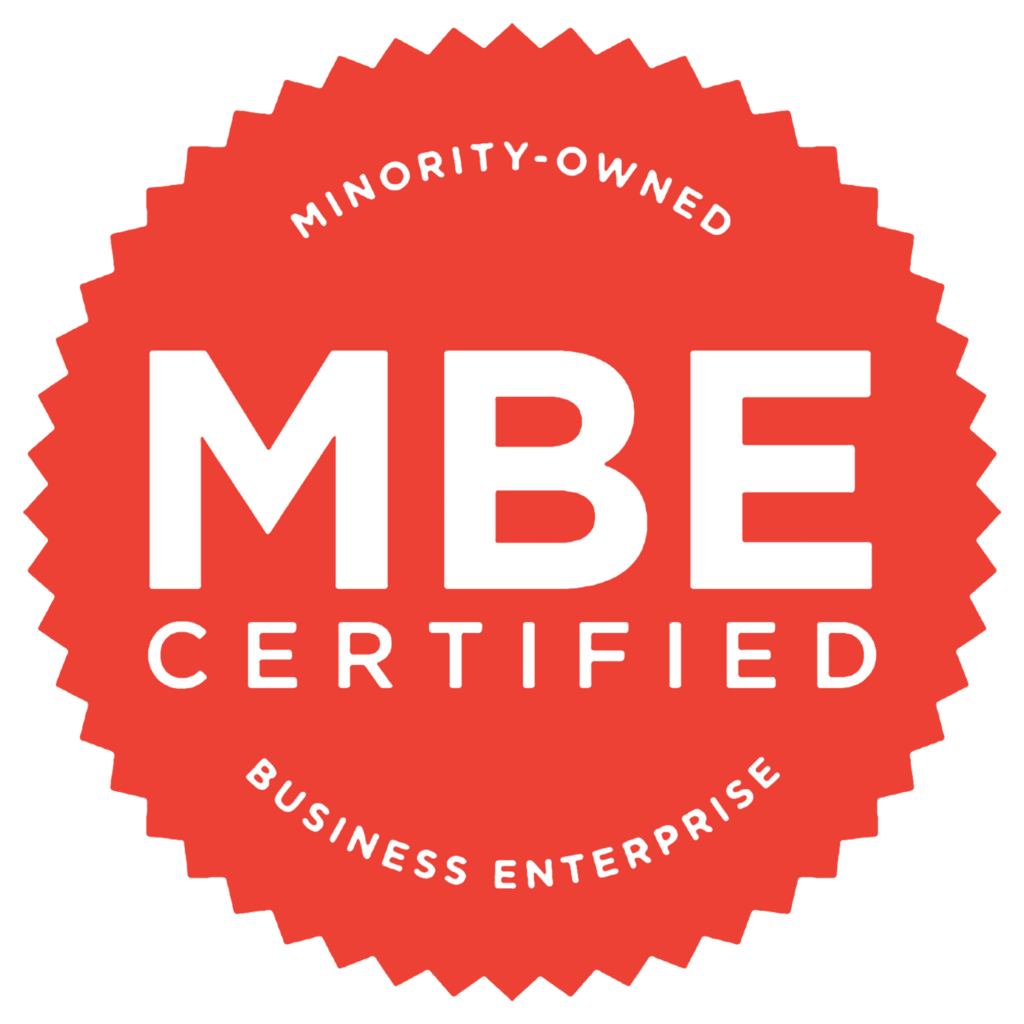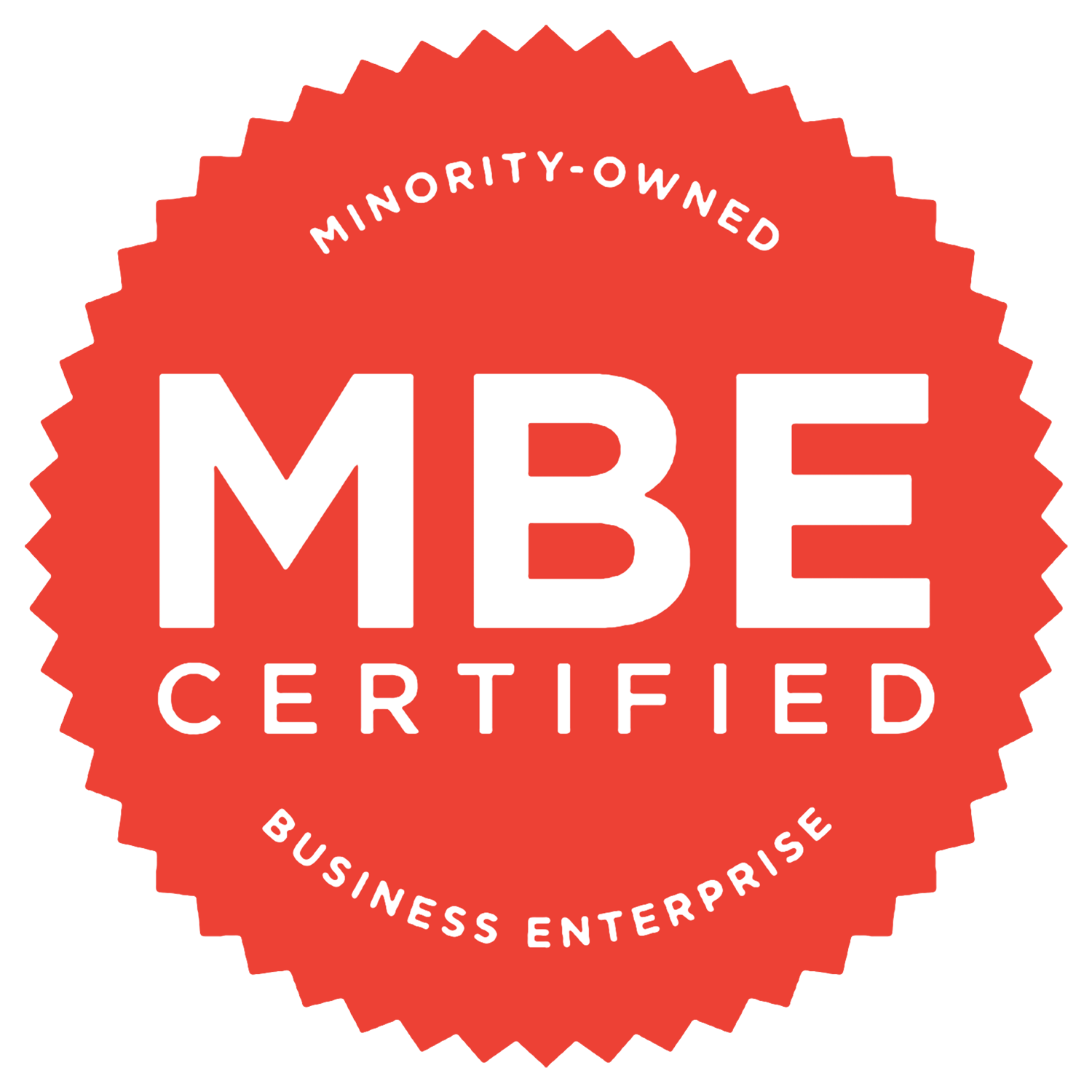Q: “What key responsibilities do you take on as an executive producer that help ensure a project’s success from start to finish?”
A: I love what we do way too much to be a hands-off Executive Producer, so I really approach it as hands on as the project allows me to keep enthusiasm high which is contagious. Communication is everything. Period. Setting proper expectations and making sure everyone knows what is going on throughout the process from both a client and production team side. Production can get moving fast, so it is my job to really keep the clients collaborating throughout every update bridging with production to make sure the creative is being produced at the highest quality, within our timeframe, and on budget.
Q: “How do you balance the creative vision of a project with budgetary and scheduling constraints?”
A: That is the job right there in a nutshell. It’s a fun role because there are so many different levers that can be pulled in all three ways to help or hurt each other. The old phrase of time, money, quality, and you can only pick two is a long standing saying for a reason, but I find joy in pushing the boundaries. I am always looking to find the most efficient ways, with the right people for the job, and at the end of the day getting buy-in from our crew so everyone can walk away proud of what we are creating. My experience in the industry has put me in a great position to think and lean on my creative involvements to find unique solutions to help maintain quality but maximize time and money, but also working on production from the bottom really allows me to have a strong grasp on what can be done from a logistics and financial side to help the creative. At the end of the day there is always a solution to any problem and collaborating with your teams and clients to get to the best one is a journey I enjoy navigating.
Q: “What are the most common challenges you face during production, and how do you proactively address them?”
A: There are two that jump out. 1) Scheduling. I can always tell an inexperienced crew or client when they try to jam 100 shots into one day and do not have backup to how that’s possible. I really try to step in and get to the heart of the story we are trying to tell and what are the key shots to tell that story. Then once we narrow that down and can effectively get those shots at a high-level whatever time is remaining you can add in “bonus” shots. I work closely with my 1st AD in creating a realistic schedule giving enough buffer to troubleshoot as to my next point. 2) There is always something that comes up on production that goes wrong. You need to be able to smoothly adapt and keep moving forward. Creating a solid schedule and plan of attack allows you to navigate issues much more efficiently. All of this is tied up in my previous comment of communication is everything. If I do my job correctly, everyone is on the same page at all times, and no one gets stressed out when issues arise because we all know how to adjust, and solutions naturally and smoothly rise to the surface.
Q: “Can you describe how you collaborate with other key players, such as directors, writers, and investors, throughout the production process?”
A: I run things as transparently as possible. This allows everyone to make decisions with real time information aligning with our goals. I cannot stress how important communication is to keep everyone rowing the boat in the same direction so when we arrive at our destination no one is surprised. This can be look books, storyboards, scouts, shot lists, etc. but ultimately it gets all put together in our pre-production book which puts all the aspects of the production into a deck and we walk through it before our production. This gives everyone time to review exactly what we are doing and raise any questions before we even start shooting. I have a rule for myself: assume nothing. If a question pops up in my mind I bet someone else has it, so I get that answer asap. I hold myself to the same standard so my team feels comfortable contacting me at any time with any question so we can all stay aligned. Transparency and communication keep us all together with the same vision.
Q: “What advice would you give to clients to ensure clear communication and alignment with the production team throughout a project?”
A: This is less about advice to clients and more holding myself accountable to creating an atmosphere of openness and comfortability. Our clients should never hesitate to email, text, call whatever way they want with a question or idea. I always want to hear about anything that might pop up in their brain, because more than likely it will come up later and I would rather be prepared for it than be surprised and scrambling. It comes down to relationship building and making sure everyone is comfortable reaching out with anything small or big. I always say if I do not know about it I cannot help, so I would much rather know about whatever little thing comes up before it becomes bigger.



